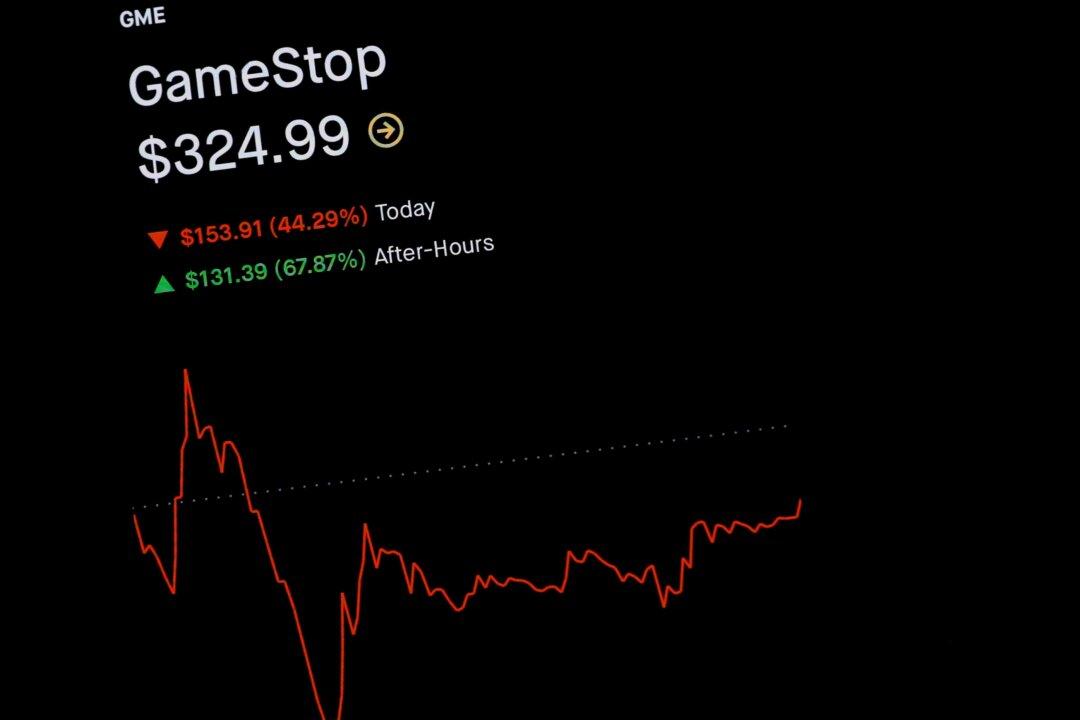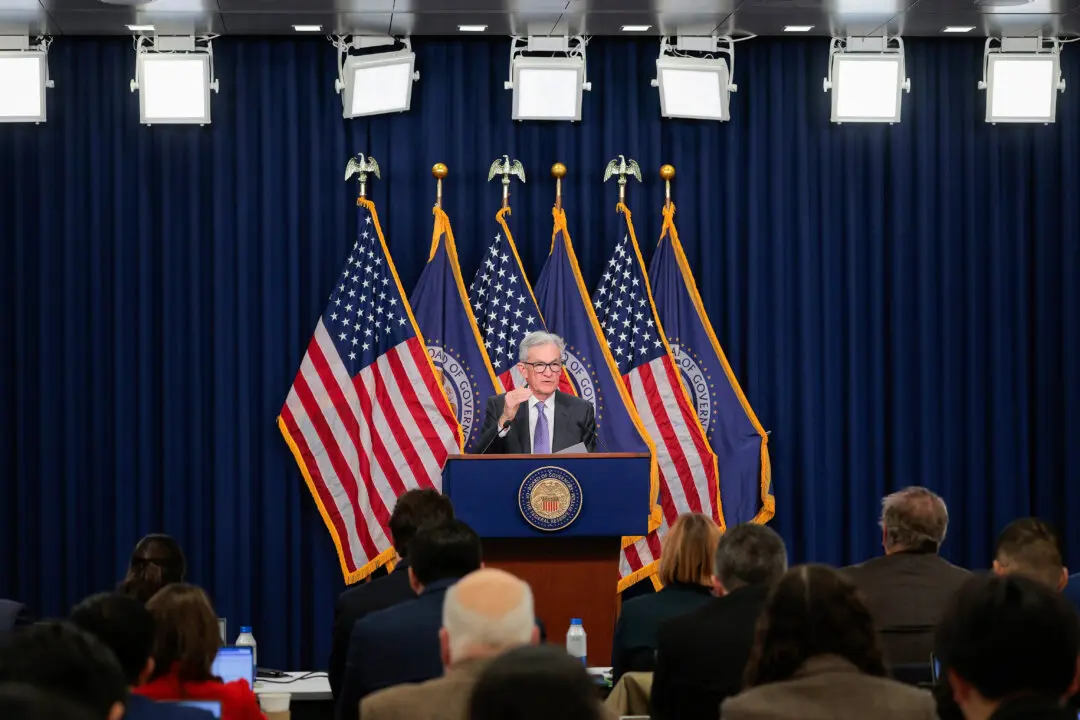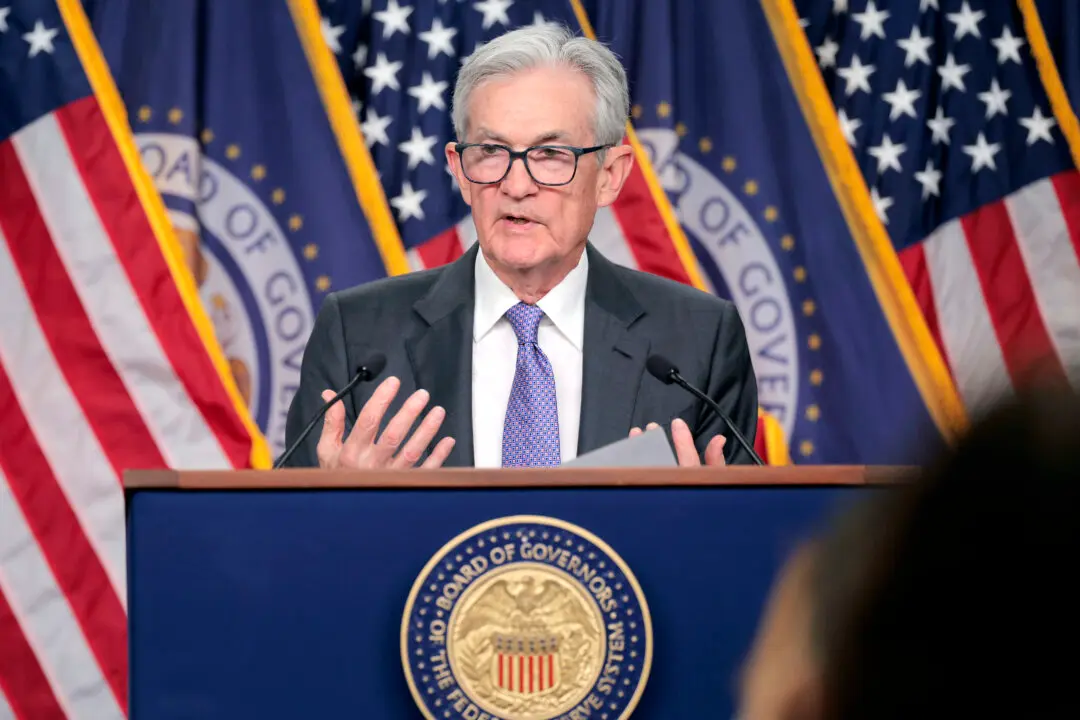Since the Federal Reserve revealed its intentions to taper monetary policy, hedge funds have been diminishing their exposure to risk, new data show. But retail traders are piling into stocks, offering support to the leading benchmark indexes.
New data, compiled by experts at Goldman Sachs’ brokerage firm and reported by Bloomberg, revealed that hedge funds have been bailing from equities. As a result, net leverage, a measurement of risk appetite that considers long versus short positions, declined to its lowest level in about a year earlier this month.





